Chef Q&A:
Brisa Deneumostier
![]()

When chef Brisa Deneumostier’s parents named her after the wind (brisa means breeze in Spanish), their choice in moniker proved both pretty and prescient.
The Peruvian chef and wellness expert has traversed the globe many times in a career that’s included stints studying, living and cooking in North America, Asia, Europe and the Middle East. And while her credentials are world class—her CV includes a degree from New York’s Culinary Institute of America and stints in some of the world’s best restaurants, including Noma in Copenhagen—Brisa insists it’s her ethos that sets her apart. Now back in her native Peru, today she channels the insight and experience she’s accrued through travel into her work not only as a world-class chef, but also a yoga instructor, team-builder and promoter of mindfulness and all things holistic.
The Slow Road caught up with Brisa to discuss the ways her philosophy on travel and cooking intersect—often with delicious results.
Q&A with chef Brisa Deneumostier
The Slow Road: You started travelling with your parents at an early age. How did these trips shape your worldview?
Brisa: There is one story I don’t remember, but they’ve told me and I’ve seen pictures and a video. The first time I went to the Amazon jungle of Peru, to Iquitos in the Loreto region was because my dad wanted to talk with Jacques Cousteau, since dad wanted to build a sea aquarium. Cousteau at that moment was researching the Amazon’s pink river dolphin with his crew and the Calypso. My dad took my mom and me and just played his luck. We went directly to the Calypso and “knocked on the door”; we were kindly welcomed in. I was carried and bottle fed milk by Jacques Cousteau, in his arms. Although I don’t have any memories of it, I feel that moment of being with such a human being is still inspiring for me.
Same goes for the moment we were in a boat in Lima with Thor Heyerdahl, saying good bye to Kitin Muñoz on his way to Polynesia on board the Uru. Encounters like this with the world’s great explorers and with marvelous people from different places in Peru, who are so in contact with nature and ancestral traditions, inspired me to go out and explore the world.
Savour Peru with
B&R and Saveur
On our Peru Saveur Culinary Journey, we’ve partnered with Saveur magazine to uncover incredible flavours in Lima. From cutting edge restaurants to traditional tastes of Peru’s exceptional culinary legacy, there’s nowhere we’d rather be eating right now in South America.
DETAILED ITINERARYHow has this diverse travel experience influenced you as a chef?
It’s given me a broader “colour palette” to paint with… or in my case, cook with. I’ve seen so many flavours and ways of combining them that it makes it more fun for me in the moment I have to create and cook a recipe. Also I’ve been in different kinds of kitchens with different traditions and different people; each place, each person I’ve met has given me something that has led to the way I enjoy expressing myself by cooking.
As a chef, how would you describe yourself, your methods and your cooking philosophy?
I cook in a mindful (conscious) way: being one with my breathing and one with the act of cooking. For me it goes beyond satisfying the taste buds. My aim is to bring pleasure, but also well-being. I cook as well in accordance with the Slow Food movement, I like to use traditional methods. I like to be in touch with the land, grow the food I cook and eat in an organic way, and I like to be in contact with the caretakers who grow food. I use organic and sustainable products as much as I can. The food I prepare is mainly seasonal and not only tastes good, but is deliciously healthy. I believe what Hippocrates said: “Let food be thy medicine, and medicine thy food.”

Let’s talk about Peruvian cuisine. What defines it?
Peru’s geography makes this place a paradise of biodiversity. Such a variety of products come from the coast, the Andes and the Amazon, providing regional cuisines from different areas of Peru. These days more of our ingredients are being recognized abroad, like the Andean grains (quinua, kiwicha and cañihua) and more varieties of our potatoes, of which there are thousands, along with organic cacao and coffee. Our ceviche is the dish most known abroad and the dish Peruvians feel most proud of, but I must say that the ceviche we eat today is the result of more than 500 years of fusion between different cultures in Peru, which is manifested as well in our gastronomy, which has influences from Spanish, Moorish, African, Chinese and Japanese traditions.
As a chef, how do you apply your own unique spin or interpretation to Peruvian food?
I use as many organic and sustainable products as I can and use a variety of Peruvian ingredients, including aromatic and medicinal herbs and plants, which add tasty flavours as well to food. Some wild edible ingredients will be foraged nearby, depending on the year and where I’ll cook. The methods of cooking and the way of combining food will be always done in a mindful way, using as inspiration the methods I’ve seen in different parts of Peru and the world.
MORE FROM Latin America + Peru

Reading for the Road: The Best Books About Colombia
Colombia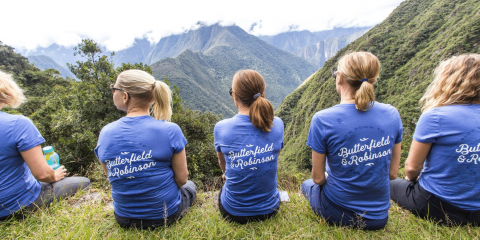
A Wellness Escape to Peru with Butterfield & Robinson
Peru
Cruising Through Argentina’s Famous Seven Lakes Road
Argentina
The Slow Fund: Scholarship Fund with Kuska School
Peru
A Taste of South America at Home: Argentinian Beef Empanadas
Argentina
Bespoke Stories: An Off-the-Grid Adventure for a Father & Son in Peru
Peru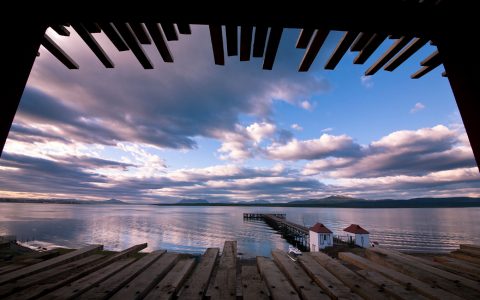
Spectacular Stays: The Singular Patagonia
Chile
7 Reasons Why You Need to Visit Panama City
Panama
Beyond Buenos Aires: Exploring Northern Argentina
Argentina
South America’s Best-Kept Secret: Uruguay
Uruguay
Off the Beaten Trail in Peru
Peru
A New Side of Peru: Arequipa & the Colca Canyon
Peru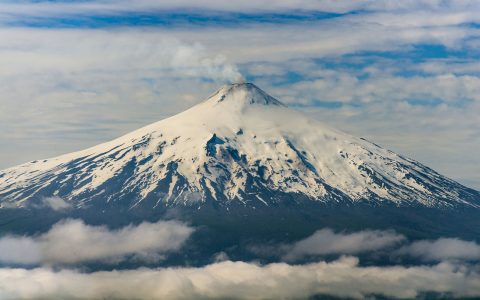
Lakes & Volcanoes of Chile and Argentina
Argentina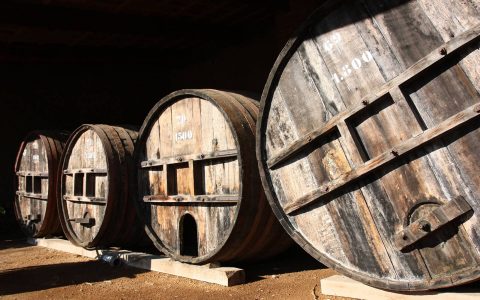
8 Must-Drink Wines From Chile and Argentina
Argentina
Our Favourite 14 Bars in the Americas
Latin America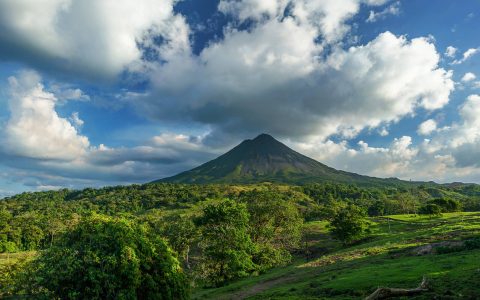
The Best Time of Year to Visit Costa Rica
Costa Rica
Top 10 Luxury Hotels in Peru
Peru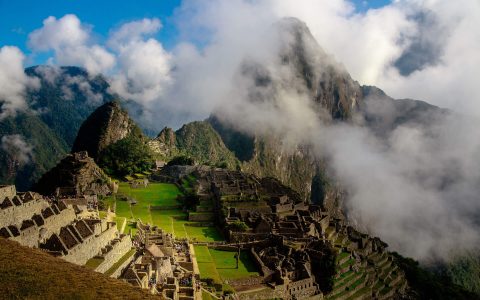
Reading for the Road: Our Favourite Books About Peru
Peru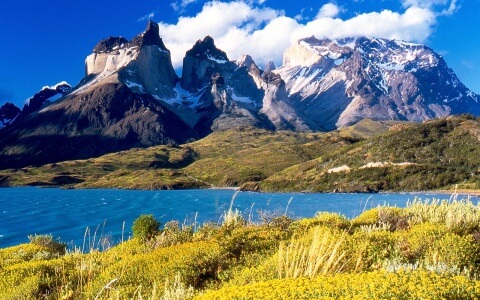
Embracing Extremes in Patagonia
Patagonia

